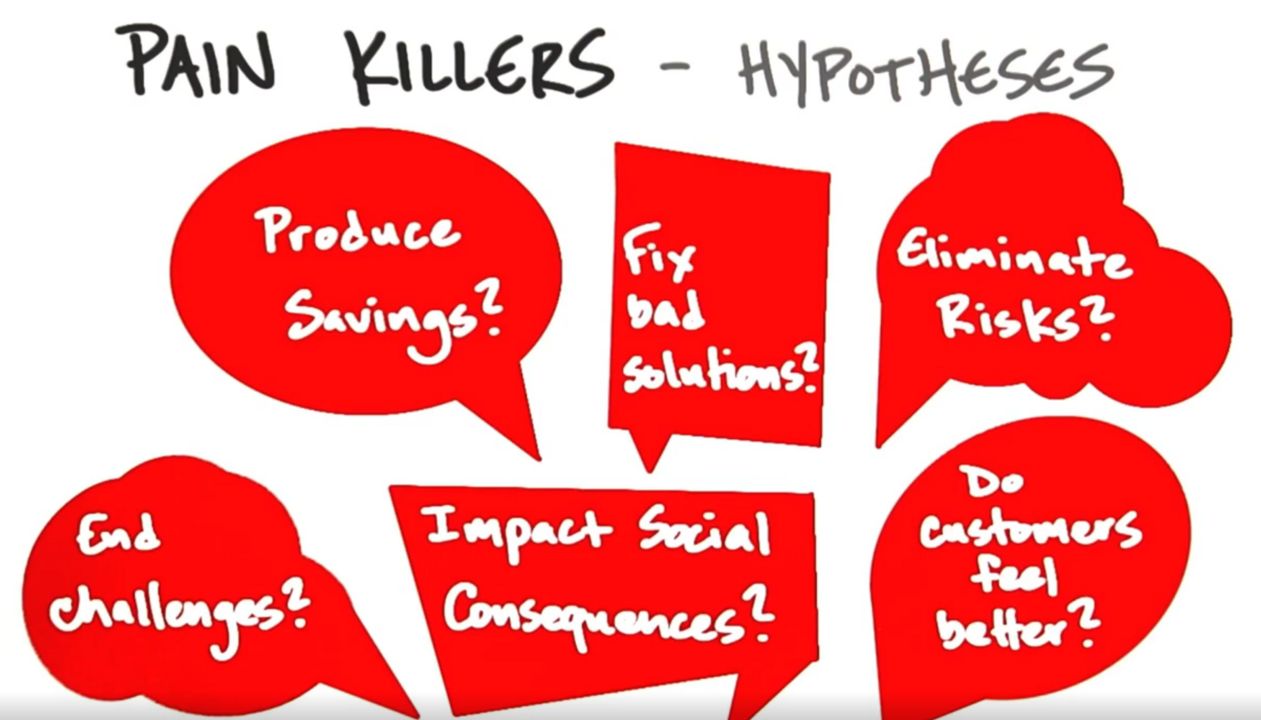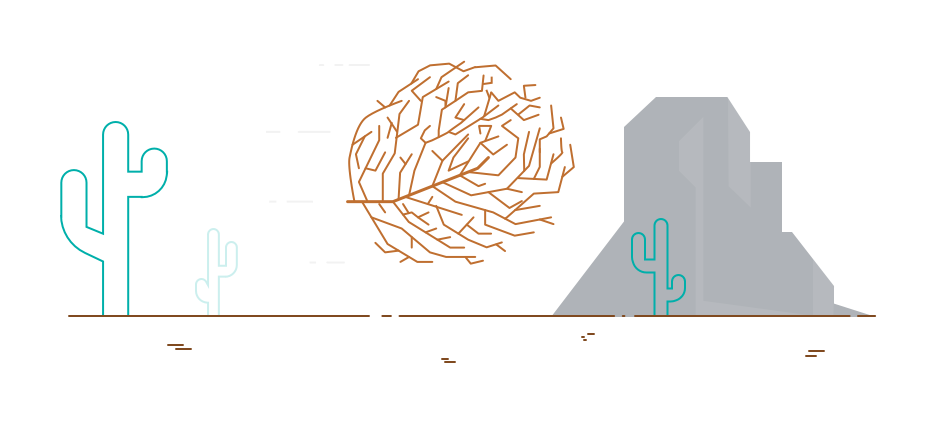Updates on alugha - Cycle February 2023 to April 2023
It used to be sprints, now it's cycles. Not only the name has changed, but also the intervals. alugha is growing up!
Do you just want to entertain your customers or solve a real problem for them and take away their "pain"? When you're not making or distributing Hollywood movies, this question about the "painkiller" is very relevant to you.

Read this article in: Deutsch, English, Español
Estimated reading time:3minutesTo become - and stay successful - you don't just need " some " product or service. It's much more about taking a worry, a pain away from your customers. Which problems do you solve for them, which hurdles do they overcome through you, where can they improve using your product? I would like to draw you a picture of the directions you can think in and develop a strategy with or for your customers. Once again I use our own startup and the possibilities it offers.
With multilingual videos and the easy way to get translators and speakers quickly, the customer can save a lot of time and money. So it's important that I find a client who wants - or needs? - to reach people in as many languages as possible. Making videos multilingual often turns out to be very time- and cost-intensive and therefore a real hurdle. Here - with the right initial strategy - we can take this pain away from the customer in advance.
We have to find out where our potential customer is most nervous and where the frustration unfolds. Can we counteract this with our product? We have to make sure that it is clear from the beginning that this very pain does not even occur with us and/or we can take the already existing pain away from the customer.
It is often the case that we are not the first and our customers are already using a solution. They are rarely prepared to make a fresh start, even if things are really not going as well as they should be. It was not uncommon for large software companies to have large partners and hundreds of millions of dollars in integration before finally giving up. Sometimes, however, our product fits perfectly to prevent the worst, we have to find out where we can support with our solution.
In every (medium) large city live people who speak many languages. In medicine, this is a real problem, especially when it comes to products that need to be explained. You could enclose a leaflet with perhaps 30-60 languages. It is a real challenge to reach all people and explain the application precisely. Our strategy in this case would be to provide the manufacturer with a multilingual online video solution, take away a huge pain and boost sales.
Prevent and/or eliminate risks with our product? Is that possible? We have a customer in medical technology who is globally active. Their machines are used in operating rooms and often lives depend on them. For the customer, it is of incredible relevance that the people who operate the machines become familiar with them quickly and easily, or can look them up again and again. Moving images are the perfect medium here. With our multilingual solutions, we prevent the risks of incorrect operation and provide a quick introduction to the techniques for a doctor.
Your entire sales strategy and hypotheses for each individual customer should find exactly THIS pain and you should then have the right dose of painkillers with you. Deal intensively with the one, several or even all of the above mentioned aspects with your customers and tailor your sales brochure exactly to it. You will notice that there is a significant difference between selling and distribution. I started selling products at a very young age and I was always convinced that I had to solve a problem, otherwise sales would not work for me. It is a very nice feeling to know that you don't talk your customers into anything but - together with them - alleviate their pain.
This article is written by our CEO, Bernd Korz. With his experience as an entrepreneur, he shares his vision about the lessons provided by Steve Blank. Join us every week for a new article on Steve Blank’s lectures.
#alugha
#multilingual
#everyoneslanguage

It used to be sprints, now it's cycles. Not only the name has changed, but also the intervals. alugha is growing up!
E-mails are so small and inconspicuous. Attached files are often hidden behind a nice paper clip. In reality, they are a real junk data virus. However, there is something we could easily do about it.
Everything takes place in your head. Here is a short report on how I was able to determine my actions with my positive week.
Am liebsten sitze ich für mich alleine zu Hause in meinem kleinen Studio und arbeite erst mal an meinen Songideen. So war das natürlich auch wenn meinen aktuellen Song der letzte Woche herausgekommen ist, mit dem Titel "In dieser Zeit".
Dieses Video entführt dich in eine Welt der Stille und Reflexion. Leere Tische und stille Räume symbolisieren Momente des Innehaltens, in denen wir uns selbst verlieren und gleichzeitig wiederfinden. Die zurückzeichnenden Bewegungen in der Luft erinnern an vergangene Zeiten und laden dazu ein, über
In diesem Video präsentiere ich euch meinen neuen Song „Bleib bei mir“, der seit gestern auf Apple Music, Spotify und Aluga verfügbar ist. Es geht um das Gefühl, in der Gegenwart zu bleiben, wenn die Liebe da ist, und genau dort zu sein, wo das Herz hingehört. Ich lade euch herzlich ein, den Song an